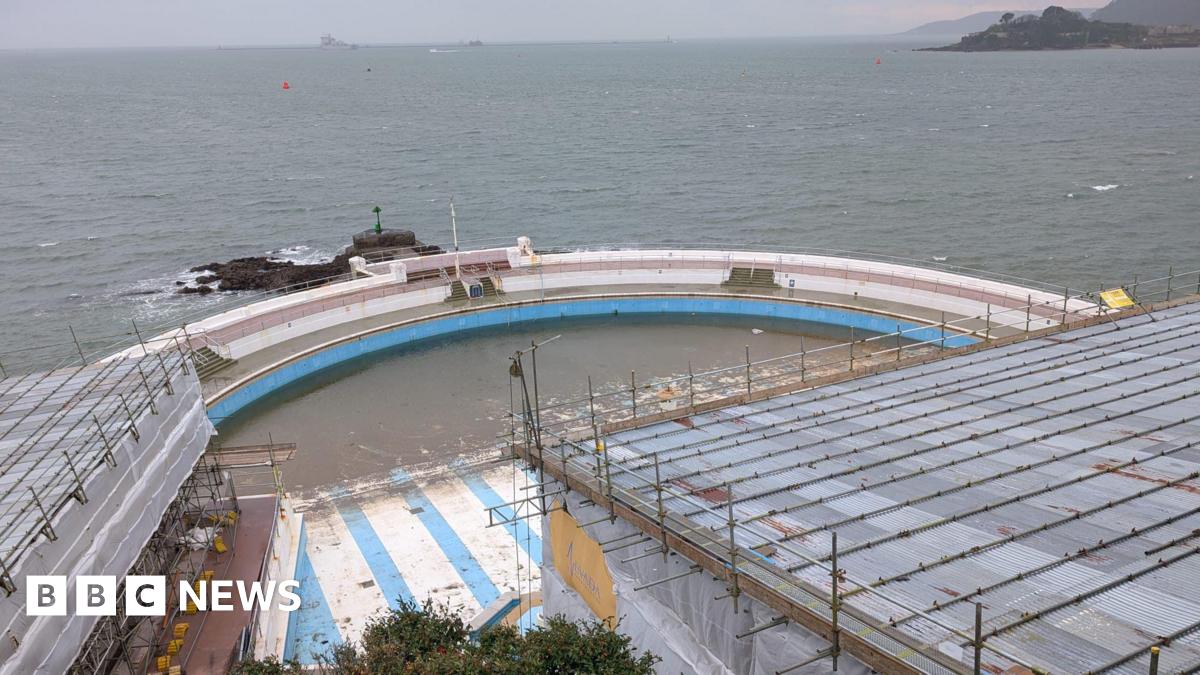Field notes: 10 January 2025
Just how many tower blocks are there in the West Country anyway? Research tangents are already distracting me as I head through the snow to the local archives.
It was threatening snow when I headed to the Devon Heritage Centre for my first research session of the year. I spent the morning with a collection of papers from a local history group. I say ‘group’ but it was mostly one man writing during the 1980s. He also clearly disliked any changes made to the area after 1945. The papers did provide some useful information which helps site the building I am focussing on within its community.
Fat flakes of snow started at lunch, and I moved on to the annual reports of the city architects during the 1960s. These were an absolute mine of information about the construction of several Exeter modernist buildings including the central Library. They also highlighted how the council were still working to rehome people from wartime and post-war temporary accommodation some twenty years after VE day. I suspect I’ll be asking for that bundle of papers again before the year is out.
My focus for the day was on Rennes House in Exeter. Rennes House is known in the city as “the” tower block, as it is the only one the council built. That made me wonder how many blocks there were across the four counties of Cornwall, Devon, Dorset and Somerset.
Just how many high rises are there in the West Country?
The answer, obviously, is that it depends.
An FOI response about high rises registered with the Building Safety Regulator suggests there are more than 13,300 residential properties in England that are either more than seven storeys or at least 18 metres high. Of those, 294 have a postcode within the West Country. That list needs refining, and many may be outside the timeframe of 1920 to 1980 or sneakily over the border into Bristol. Some may be repurposed office blocks, such as Renslade House in Exeter.
The University of Edinburgh’s Tower Block database focusses on public housing in tower blocks across the United Kingdom. So England, Scotland, Wales and Northern Ireland. Of the 2,944 blocks listed there, just 15 towers are within the four counties. Ten of those are in either Plymouth or Poole. This suggests that local authorities in the West Country never adopted high-rise living as a housing solution. Which immediately begs the question, why not?
Another one to dig into more.
Modernist news
Tinside Lido, Plymouth
The Tinside Lido is due to reopen in the spring after another revamp. The Grade 2 listed structure is a Deco seawater lido close to Plymouth Hoe. It was built by the council back in 1935 to provide a safe bathing spot for the city.

Plymouth Lido's £4.6m revamp ready for the spring, says council - BBC News
The city council says the pool will also become an events venue.
This is my first field note, and I’m making it available for free immediately since I’ve no idea if my random “oooh, shiny thing!” thoughts are worth putting behind a paywall. Please feel free to say “more of this, less of that”. I’m mostly skulking around on Bluesky.
Now I’m off to see if the old local newspaper booklet about the snows in 1978 has any good photos of Rennes House.
Read the outline of what gets included in West Country Modernism in the archive.